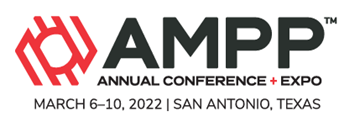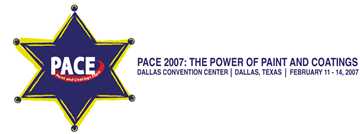Search
Individual Conference Papers
View as
Sort by
Display
per page
Dry Film Thickness: is More Coating Always Better?
Product Number:
51219-188-SG
Publication Date:
2019
$20.00
Drying a Ultra High Pressure Water Jet Project at Netune Terminals Vancouver Harbour
Product Number:
41209-494-SG
Publication Date:
2009
$20.00
DTT Vacuum Vessel Cooling Circuit: Borated Water Chemistry Assessment
Product Number:
ED22-17307-SG
Publication Date:
2022
$20.00
Dual Functional Corrosion Inhibitor Design And Testing For Top-Of-Line And Bottom Of Line Corrosion
Product Number:
51322-17787-SG
Publication Date:
2022
$20.00
Ductile Iron Pipes-Inorganic Zinc Application Project Review
Product Number:
41207-340-SG
Publication Date:
2007
$20.00
Ductile Iron Wastewater Force Main Failure Analysis And Service Life Estimation
Product Number:
51321-16976-SG
Publication Date:
2021
$20.00
Duplex Zinc Coatings for Offshore Wind Towers
Product Number:
51324-20688-SG
Publication Date:
2024
$40.00
Duplex Zinc Corrosion Protection For Marine Structures
Product Number:
51321-16511-SG
Publication Date:
2021
$20.00
Durability Assessment of Foul-release Coatings
Product Number:
41212-715-SG
Publication Date:
2012
$20.00
Durability Assessment of Reinforced-SHCC Structures During Initiation and Propagation Phases of Corrosion
Product Number:
51321-16491-SG
Publication Date:
2021
$20.00
Durability Enhancement of Civil Assets Utilizing Corrosion Inhibiting Admixtures
Product Number:
MECC23-19979-SG
Publication Date:
2023
$20.00












